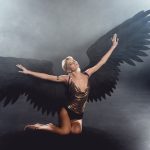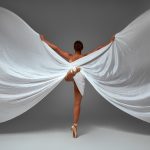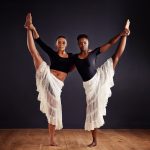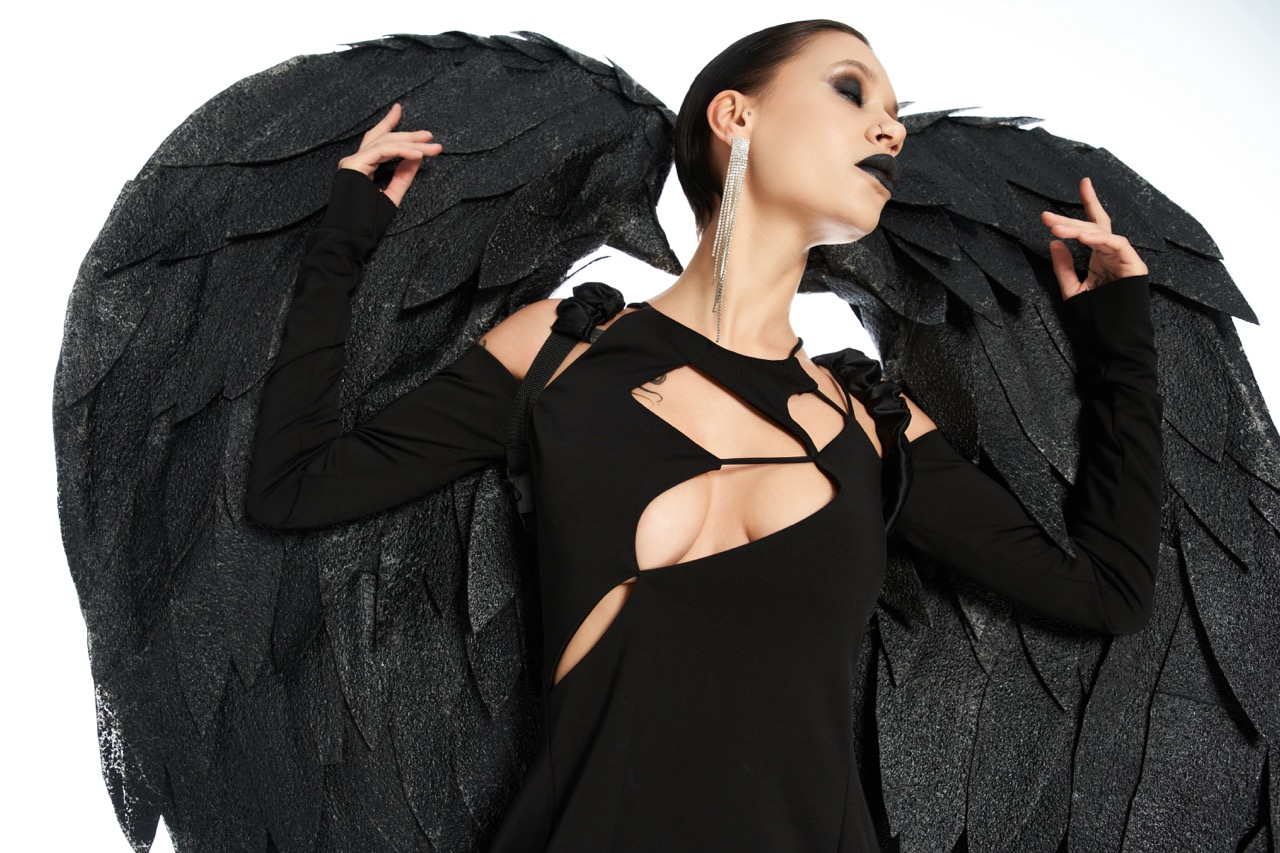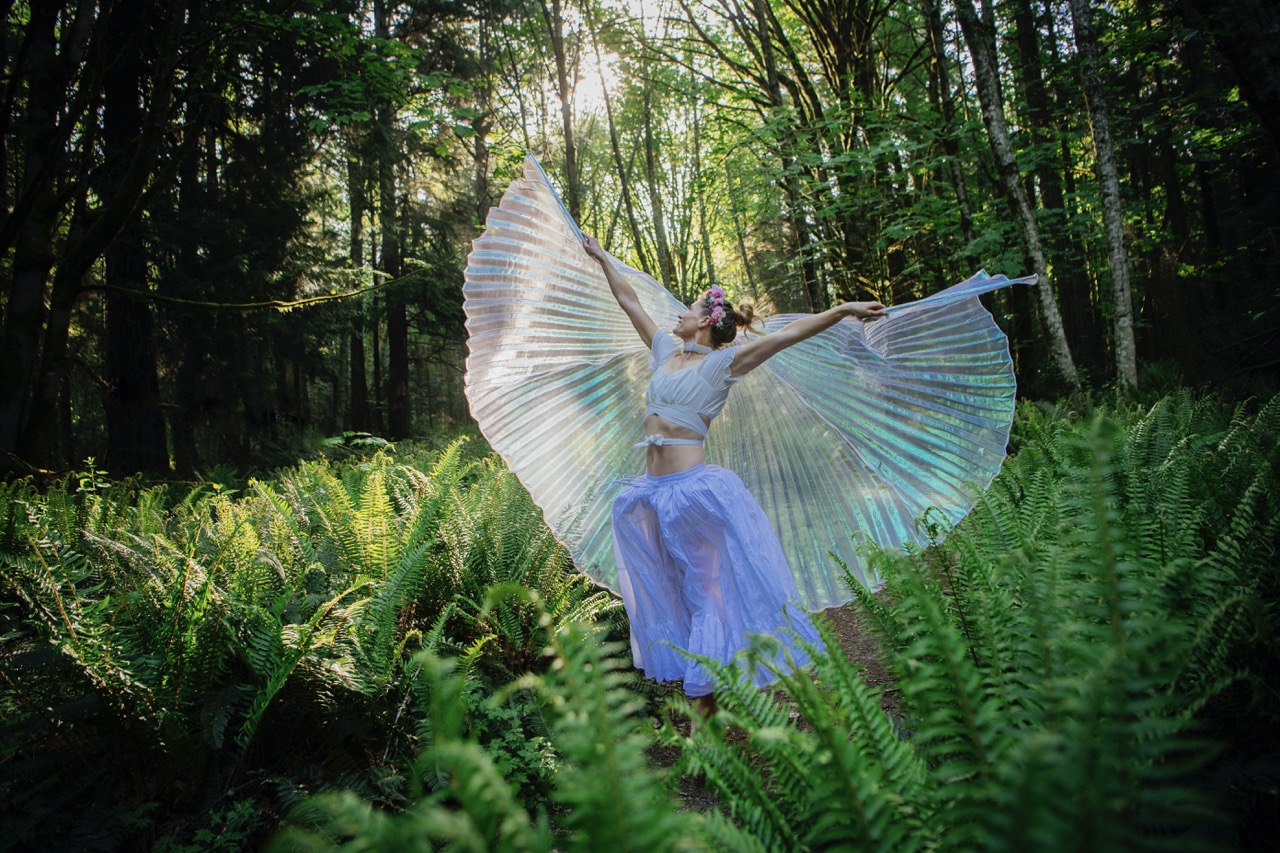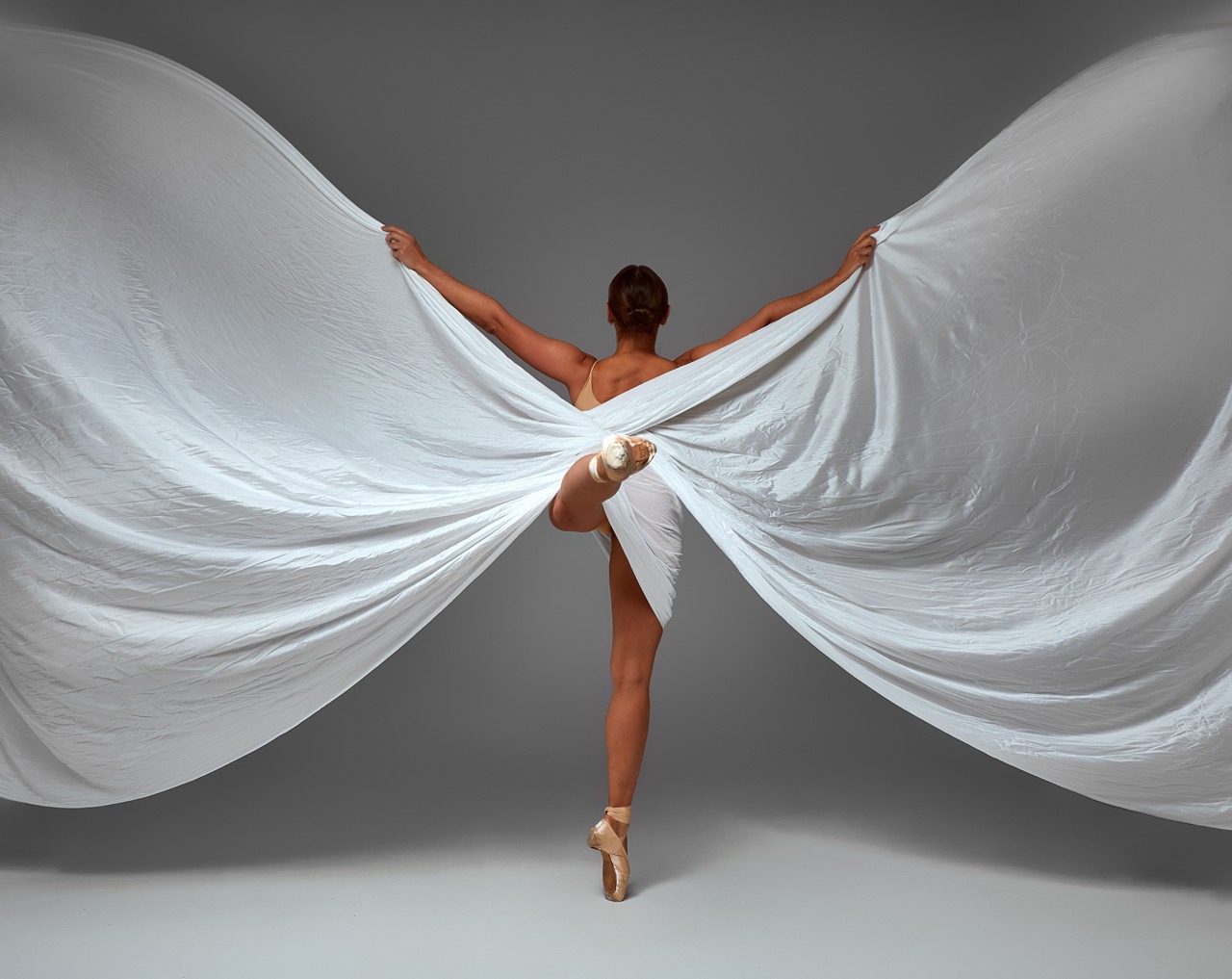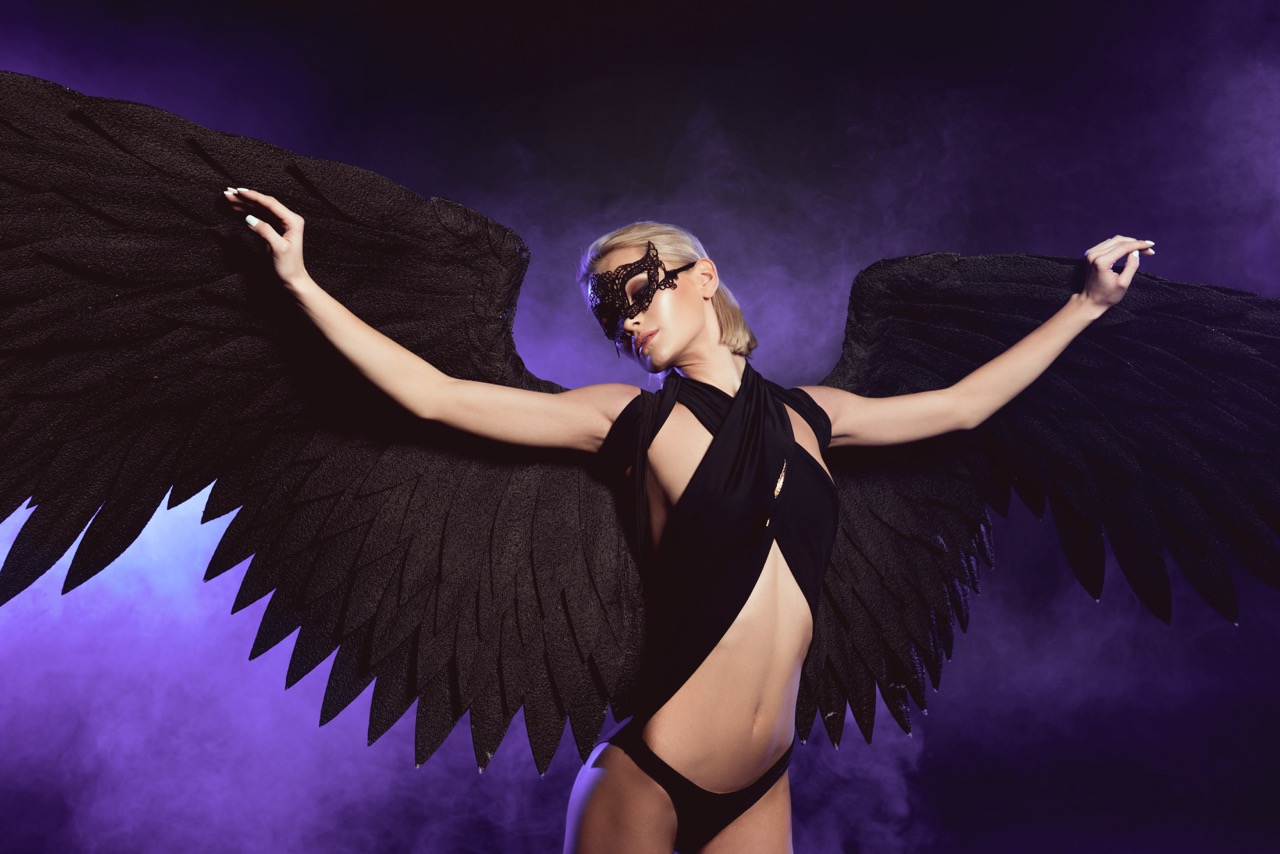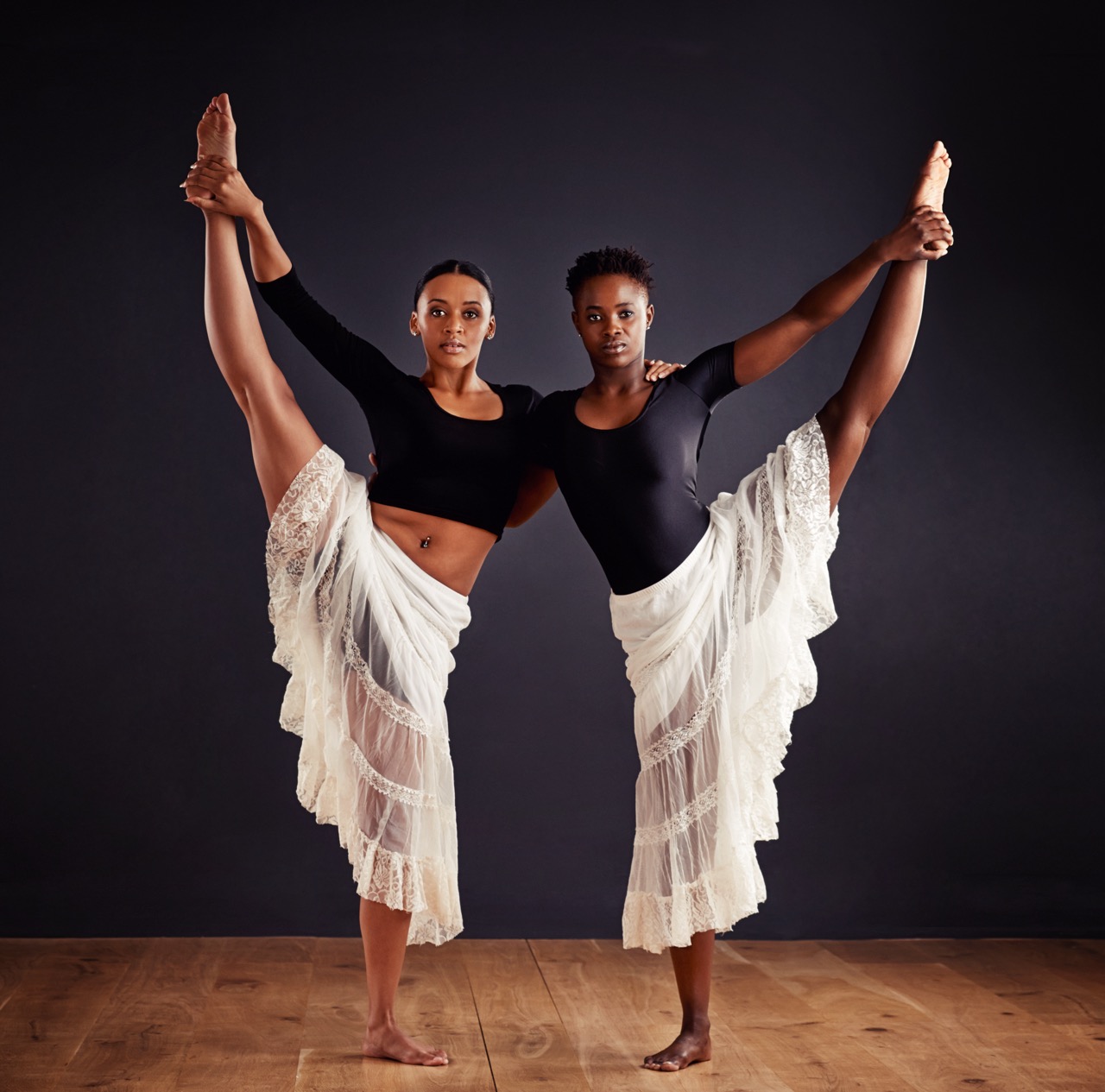In the ever-evolving world of performing arts, technology stands as both a tool and a muse, offering fresh avenues for expression and creativity. Augmented Reality (AR) is one such innovation, capable of amplifying the visual impact of traditional art forms. One fascinating application of AR lies in its integration with dance, particularly through the use of dance wings—an expressive and dynamic element that can mesmerize audiences. As artists embrace the power of technology, the potential to transform the visual landscape of dance becomes an inspiring venture that beckons exploration.
Envisioning Movement: The Role of Augmented Reality in Dance
The integration of Augmented Reality in dance opens a new dimension for choreographers and performers, allowing them to envision movement in exhilarating ways. By overlaying digital imagery on a dancer’s movements, AR creates a canvas that transcends the physical limitations of the stage. Dance wings, traditionally crafted from fabric and feathers, can be animated and augmented with vibrant colors, patterns, and visual effects that interact seamlessly with the motion of the dancer. This synergy of real and virtual elements invites audiences into a unique visual narrative where each movement enhances the storytelling.
Moreover, AR empowers dancers to explore complex choreography without the constraints of traditional design limitations. Through the use of AR, performers can envision an expansive world around them, where their wings may appear to unfurl into galaxies, floral motifs, or even abstract forms that react to their movements. This dynamic interaction allows for an evolving experience, where the audience witnesses a dance that is not only about the physicality of the dancers but also about the infinite possibilities technology can offer. Thus, AR becomes a partner in crafting immersive experiences, enriching the way performers and audiences perceive movement.
Furthermore, the application of AR in dance serves to democratize artistic expression, allowing for collaboration between technologists and artists. This fusion can inspire choreographers to push boundaries and experiment with new styles, fostering an environment of innovation. As dancers adapt to these integrations, their performances evolve, leading to a rich interplay between physical and digital realms. AR encourages a rethinking of movement and space, making the choreography not just a series of steps but a multidimensional experience that captivates both the mind and spirit.
Elevating Aesthetics: Dance Wings Transformed by Technology
Dance wings have long been a symbol of elegance and grace in performances, but the infusion of Augmented Reality elevates their aesthetics to unprecedented heights. With AR, the static visual elements of dance wings can come to life through vibrant animations and effects. Imagine a dancer twirling, and as they do, the wings morph into a burst of cascading colors or shimmer like stars in a night sky. Such visual enhancements not only capture attention but also evoke emotions, transforming the audience’s experience into a sensory journey.
The technology allows artists to customize the visual effects of their wings in real-time, tailoring the presentation to match the music’s rhythm or the emotional undertone of the piece. This personalization enriches the performance, making each presentation unique and responsive to both the dancer’s movements and the audience’s reactions. As a result, the aesthetic experience becomes fluid and unpredictable, drawing the audience into a world where digital artistry meets human expression. The potential to intertwine various art forms enhances the narrative, providing a richer context for the dance.
Additionally, the allure of AR-enhanced dance wings can attract a broader audience base, particularly younger demographics who are often more engaged with digital experiences. This connection to technology can serve as an entry point for new audiences, enabling them to appreciate the artistry behind dance while being entertained by dazzling visuals. By breathing new life into the dance wing tradition, AR not only preserves but elevates the art form, merging age-old techniques with cutting-edge technology to create something truly extraordinary.
Merging Art and Innovation: AR’s Impact on Performance Design
The marriage of Augmented Reality and performance design marks a pivotal shift in how dance productions are conceived and executed. Traditional choreography often relied on a fixed set of design elements, but with AR, the possibilities are virtually limitless. Choreographers can experiment with choreographic structures that incorporate digital landscapes, allowing performers to navigate spaces that weren’t physically present. This fluidity gives rise to innovative compositions that captivate audiences in new ways, blending the realms of dance and visual art seamlessly.
Furthermore, AR fosters collaboration between various art forms, inviting visual artists, technologists, and dancers to co-create experiences that engage multiple senses. The integration of AR opens up dialogue about the role of technology in artistry—how digital visuals can enhance or even redefine the emotional depth of a performance. By merging art with innovation, the boundaries of creativity can expand, offering opportunities for storytelling that are as nuanced and complex as the human experience itself.
The implications of this transformation extend beyond individual performances; they have the potential to redefine dance as a whole. As AR becomes more accessible, more dancers and choreographers can incorporate this technology into their work, democratizing the creative process. Dance can become a collaborative platform where technology and artistry coexist, pushing the discipline into new territories. This evolution not only enriches the dance community but also inspires future generations of artists to explore the intersection of art and technology, ensuring that dance remains a vibrant and evolving form of expression.
Experiencing Dance: Immersive Audiences Through AR Enhancements
The impact of Augmented Reality on dance extends beyond the performers themselves; it transforms the audience experience into an immersive spectacle. In a world where viewers often seek engagement and interaction, AR invites them to step into the narrative. With smartphones and AR glasses, audiences can experience layers of content that complement the performance, providing additional context, visuals, and storytelling elements that enhance their understanding and appreciation of the art.
Moreover, AR allows for personalized viewing experiences. As audience members interact with the performance through their devices, they can choose different perspectives, zoom in on intricate details, or even manipulate certain aspects of the visuals. This level of interactivity fosters a deeper connection between the audience and the performers, bridging the gap between observer and participant. By engaging viewers in this manner, AR enriches their emotional investment in the performance, making it a memorable event that resonates long after the final bow.
As AR technology continues to evolve, the potential for creating fully immersive environments becomes increasingly feasible. Imagine a dance performance where the audience is surrounded by a virtual landscape that interacts with the choreography, enveloping them in a multisensory experience. This shift not only enhances the visual impact of the dance but also deepens the emotional resonance of the performance, ultimately transforming how audiences engage with art. The possibilities are as limitless as the imagination, promising a future in which dance is experienced not just as a performance but as a shared journey into the extraordinary.
Augmented Reality is poised to redefine the landscape of dance, offering an innovative lens through which movement can be perceived, appreciated, and experienced. By transforming dance wings into dynamic visual narratives, AR not only elevates aesthetics but also fosters collaboration between diverse art forms. As audiences are invited to engage more deeply with performances, the relationship between dancers and spectators becomes enriched and interactive. In this marriage of art and technology, the future of dance lies not just in the movement of bodies but in the limitless possibilities of imagination, creativity, and shared experience. As we embrace this transformation, the stage becomes a canvas where reality and virtuality dance together in perfect harmony.

